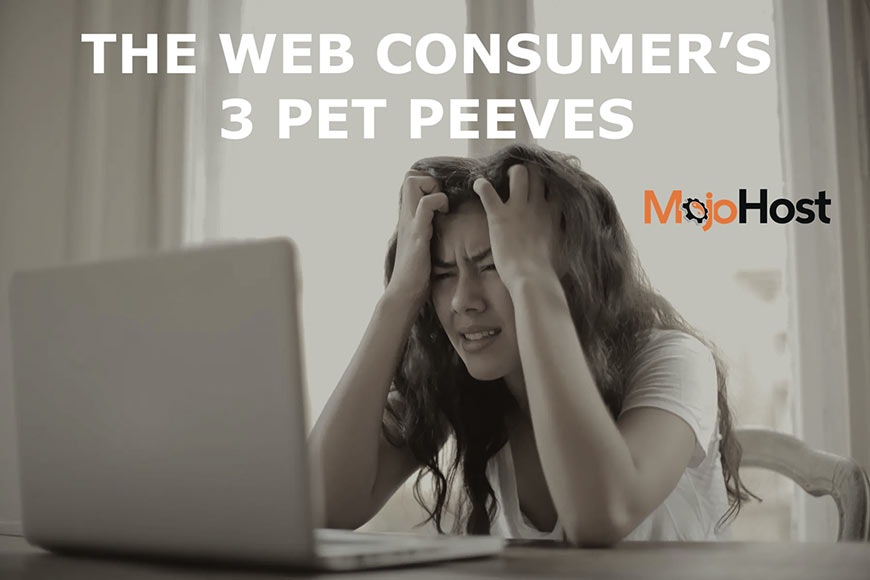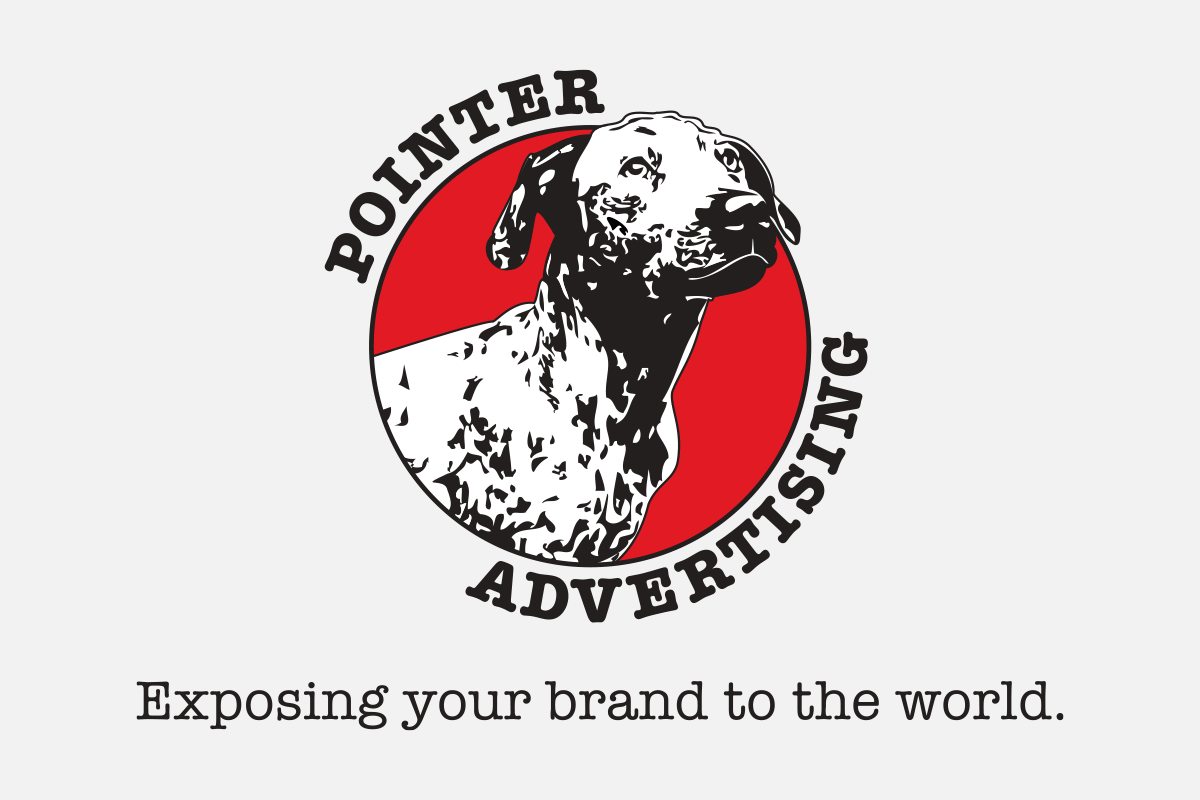Today marks an exciting milestone for MojoHost and the rapidly…

The high speed of information has become something we’ve grown to expect. It no longer takes 30 seconds of buzzing sounds to connect to the Internet. Patience is becoming less and less common among Internet users. Attention spans are often registered in seconds. Website owners must keep up with the needs of their customer base if they are going to retain their business. What does that mean for the business/consumer relationship?
Well, it means that businesses online can’t afford to be less accessible, have slower site load speeds, or poor user interface. It also means you can’t handle the user as a rag doll, redirecting them from site to site. It’s even more directly all about the customer, more so than ever before. If your online business isn’t working at a top rate, then not only can your customers tell a friend about their dissatisfaction, but with social media they can alert the whole wide world of the Internet to it. So, what are the three biggest pet peeves of an average Internet surfer?
Slow Loading Sites
A shocking 30% impact is made by a load speed difference of 1 second. Yes, a website that loads 1 second slower will lose 30% of its visitors.
It is a never-ending battle to make sure your web pages are loading fast. Slow-loading sites have poorer conversion rates and far fewer returning customers. If people aren’t able to load your site quickly and efficiently and you make them wait, you are likely losing money as you read this.
Not only do you want faster website speeds for any existing traffic your site already has, but Google also offers higher results to the websites that load more efficiently. This is particularly true with their mobile users. Google recognized in 2017 that their mobile users were outnumbering their desktop users. It has since focused on making the Internet intensely mobile-friendly.
Some of the things you can do to speed up your page load are website optimizations – image compression and more streamlined applications and code will go a long way. Some of the load speed may be aided by your hosting provider. Here at MojoHost, we help our managed customers daily to select the right infrastructure solutions as well as tune their servers and network.
The User Experience
Another common pet peeve is overcomplicated, hard-to-navigate websites that are unpleasant to the eye. Getting the UX/UI right is a tough job.
Of course, you want your site to be all about whatever it is that your business offers. What that means is that you can’t disregard how it is visually represented, or how easy it is to navigate for the user. People won’t give their traffic to sites that are hard on their visual sense, or that take up a ridiculous amount of their time to learn to navigate.
Making sure that your site is appealing to the eye, with possible features to make it even more so for those with poorer eyesight, will give you a leg up from the get-go. Being aware of the colors being used on your website, especially in regards to the data out there about ease of visual appeal, and less eye strain is going to be a good start. After that, you want to focus on catching the eye of your users with structured information or great images, any critical data should be aggregated into powerful bullet points meant to inform and grab attention. Keep the text short and proofread for simplicity whenever publishing pertinent deals.
Don’t forget the easily navigable site structure. Remember, the rule of thumb is KISS (Keep It Short and Simple). A great UI design doesn’t need pointers – it’s so simple it is self-explanatory. No matter how creative your designer was feeling that particular day, or how beautifully worded your discount proposal is, always remember to test the concept by offering it to several people who might be your target audience, and asking whether it was easy to read or find their way around.
Redirects Lose Traffic
All sites use some redirects here and there. Some are for secure payment options, others are for data collection, etc. What consumers don’t want to be bombarded by are redirects for business outside of what they’re looking for. When constantly barraged with sites for dating, advertisements, etc., the average user will get fed up long before they finish finding whatever your site was offering them. Ads are important, especially if they are a large portion of your income. You can try to find the golden median on displaying ads that won’t drive your visitors away. If your website has commerce, it is not worth advertising during the initial user journey to the sale. So, to keep your business flowing smoothly, get a handle on how your site is engaging its users.
In Conclusion
How your website engages consumers, on all levels, will be of the utmost importance. The customers are bringing your bread and butter, and the last thing you want is to irritate them. Don’t neglect any aspect involving customer interface, because they won’t just tell two friends about how they were disappointed. They’ll tell the entire world of the Internet, and that’s an audience you can’t afford to lose.




